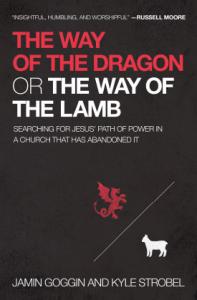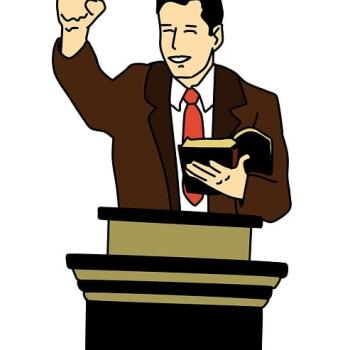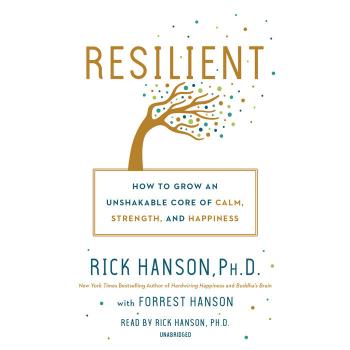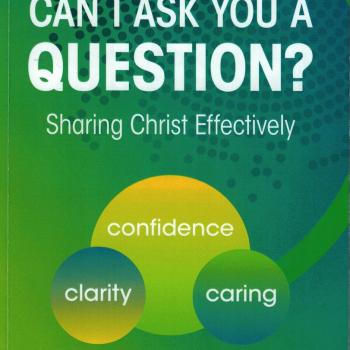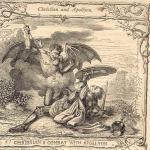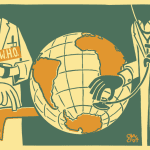The Way of the Dragon or the Way of the Lamb by Jamin Goggin and Kyle Strobel
The Way of the Dragon or the Way of the Lamb by Jamin Goggin and Kyle Strobel, as the subtitle states, a search for Jesus path of power in a church that has abandoned it. Goggin and Strobel take the negative view that the church has abandoned the true nature of Christian power. In Part 1 (Discovering the Way), they establish what true Christian power is. In Chapter 1, the authors introduce power. They suggest two directions of power. Power is a grace of God that affects reality Power comes from the wisdom from above (James 1:17). There is also wisdom from below (James 3:13-18). These two kinds of wisdom reveal two paths of power (Godly and demonic – Matthew 7:1-13-14). One has to know why one has power. In other words, what is the power used for?
Goggin and Strobel rely on the wisdom of Martin Luther King, Jr about love and power:
As Martin Luther King Jr. noted, love and power are not mutually exclusive (5):
One of the great problems of history is that the concepts of love and power have usually been contrasted as opposites, polar opposites, so that love is identified with a resignation of power, and power with a denial of love . . . What is needed is a realization that power without love is reckless and abusive and that love without power is sentimental and anemic. Power at its best is love, implementing the demands of justice, and justice at its best is love correcting everything that stands against love.
The authors make the correct conclusion that love is the necessary center of power for the Christian. The way of Jesus is power in love. The power is expressed for the Christian, in weakness (Chapter 2). Weakness is the way to Jesus. His strength is the power for me and it operates best when I am weak (2 Corinthians 12:8-9). The authors elaborate on Paul’s theology of power in the Corinthian letters. In Chapter 3, Goggin and Strobel explore what it means for the Christian to be powerful. The world teaches people to achieve: attend the right school, have the right job, and commit to the right career. It is power by self-dependence. Both Goggin and Strobel share personal stories about how they learned about this need to depend upon God. The temptation to use worldly power is strong, and in this chapter, they share that struggle.
In Part 2: Embracing the Way, the authors suggest ways to use Christian power. First, they suggest the power of community (Chapter 6), where vulnerability and weakness are its strengths. Next, they investigate the power of the pastor (Chapter 7). They suggest characteristics of the pastor who uses the way of the dragon (Satan) and compare that same power from using the pastorate in the way of Christ. They emphasize the power of faithfulness (Chapter 8).
The authors contemplate the danger of toxic leaders and then contrast the meanings of success and faithfulness. They explain the rituals of the church (worship, baptism, the Lord’s Supper, preaching) and its connection to power (Chapter 9). The authors emphasize the use of prayer as a way of resistance against the way of the dragon (Chapter 10). Along with prayer, other elements such as generosity, reconciliation, and unity all help to resist Satan’s efforts to destroy the church. The way of the Lamb is accomplished by the power of weakness for love.
Following Christ is a struggle that brings about the best in Christians. The church needs to return to emphasizing that truth. This book, like many others before it, Goggin and Strobel do a good job reminding the church that they need to return to the basic way of faith – a life that lives by love.
Disclosure of Material Connection: I received this book free from the author and/or publisher through the Speakeasy blogging book review network. I was not required to write a positive review. The opinions I have expressed are my own. I am disclosing this in accordance with the Federal Trade Commission’s 16 CFR,Part 255.


